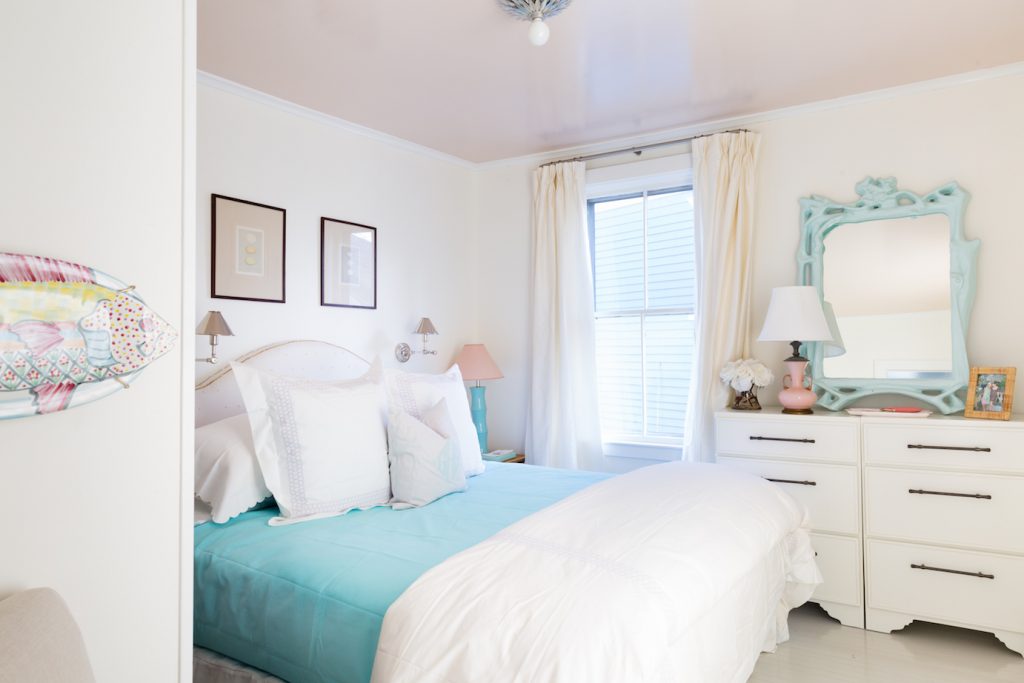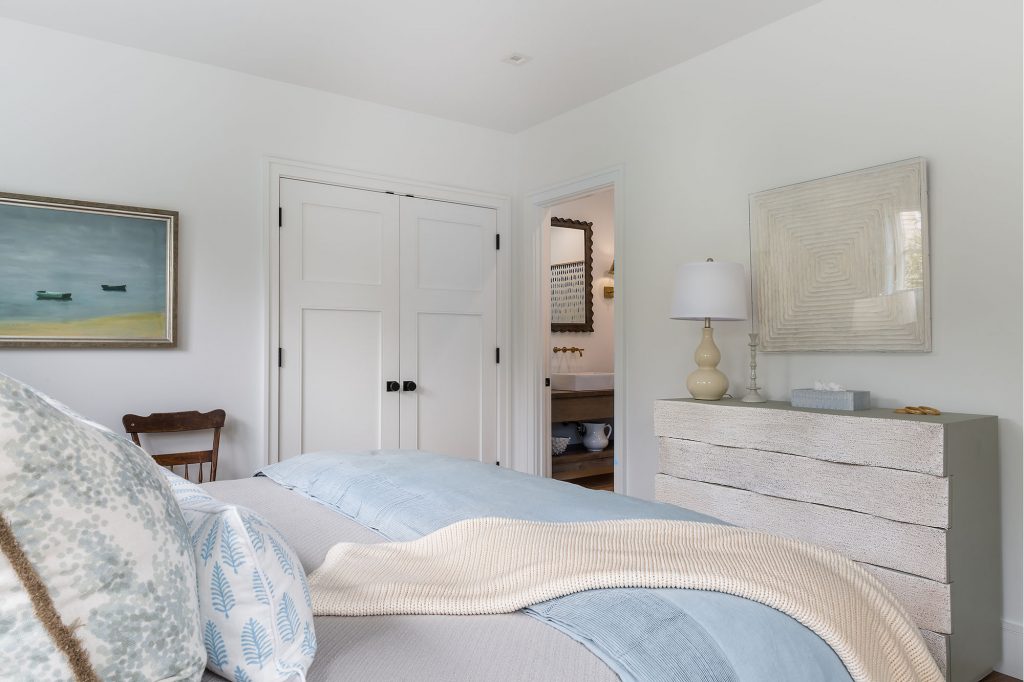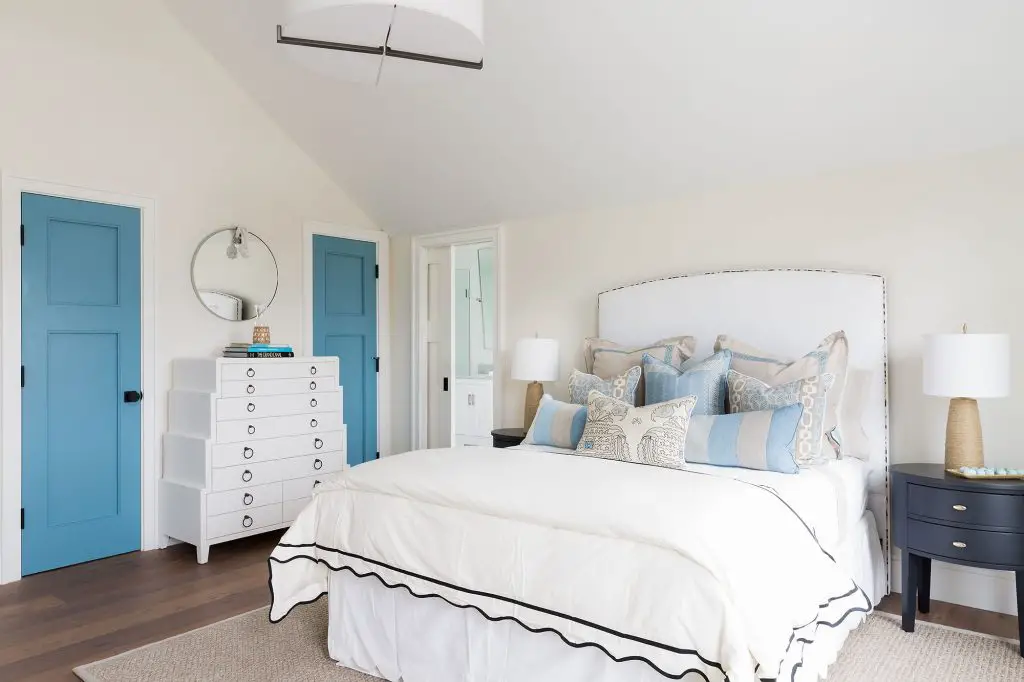The Journal of Allergy and Clinical Immunology published a study that found 48 per cent of sufferers of seasonal allergies have issues with interrupted sleep. They’re susceptible to daytime fatigue, insomnia, and chronic sleep deprivation. And the worse the individual’s allergy symptoms are, the worse their sleep is.
Allergy symptoms occur more during spring due to pollen or mould spores. There’s no antidote, but you can take steps to curb springtime allergies, from medication to household habits.

Here are some ways you can help allergy-proof your bedroom:
Start with your bed and bedding
Ground zero for allergens in the bedroom is your bed. It is best recommended to cover your mattresses, box springs and pillows with hypoallergenic casings. Pillows are essential; your face, after all, is resting on them for hours at a time, so use washable ones filled with cotton or cotton-alternatives. Using allergy-proof bedding like copper bedsheets and pillowcases, blankets helps as they have copper oxide particles embedded in fabrics like polyester or nylon. Research shows that using copper beddings have healing and antimicrobial benefits for breakouts and may reduce and prevent fine lines and wrinkles.
Flooring
Get rid of carpets and use hardwood or linoleum floors and rugs for the washable area. If this is not possible, use a low pile instead of a thick carpet and vacuum weekly with a vacuum cleaner with a high-efficiency air or fine particle (HEPA) filter. It is advised to Shampoo the carpet frequently.
Kick Dust Mites Out of Bed
Dust mites are microscopic bugs that can trigger asthma and allergies. You often find them living in the bedding. There are a couple of steps you can take to eliminate them: Wash your sheets, pillowcases, and blankets once a week in water that’s a minimum of 130 degrees F. Dry them all in a hot dryer. Put dust-mite-proof covers on comforters, pillows, box springs, and mattresses.
Vacuum Regularly
Use a HEPA filter vacuum on the floor of your bedroom a minimum of once a week if you have pets or carpets. Dust mites find their way into your carpets and make a home; therefore, vacuuming once a week can help remove these unwanted critters. Wear a mask so you don’t inhale the dust.
Declutter Your Bedroom

Keep things simple to breathe better. Cut clothes and fabrics. The fewer seats in the room, the better. Move books, magazines, and decorative items to another room, so you don’t get dusty too often.
Curtains and blinds
Invest in blinds and curtains you can wash. Synthetic and cotton fabric blinds and drapes work best. If you can, try and keep your bedroom’s windows closed as much as possible and clean your windows regularly. Condensation and mould can accumulate in window sills and frames.
Go easy on window treatments
Say goodbye to dust catchers like blinds and heavy, dry-clean only drapes. Try washable curtains and roller shades instead. Wipe window frames and glass regularly to prevent mould and mildew. Both can trigger upper respiratory symptoms if you have allergies or asthma.
Air filtration
Try putting a high-efficiency, disposable filter in your air-conditioning unit or furnace that’s rated MERV 11 or 12. This rating means the filter holes that let air pass through are much smaller, thereby trapping pollutants better. Be sure you change the filter every few months or as directed by the filter label. Keep your AC unit in fan mode, so pollen and other pollutants don’t become trapped indoors. Select an air filter that’s a HEPA filter or has a small-particle filter. Adjust the filter, so it directs clean air to your head while you’re sleeping.
Fresh Air and Greenery

Depending on the region and climate, opening doors and windows from time to time can help. This allows fresh air to circulate your home and helps carry some of that stuffy and stale air. When pollen times are high, it may be best to close doors and windows and let your home’s air filtration system do its job.
Lastly, replace any bedding with an allergy ingredient like suitable microfiber. It is known that microfibers are hypoallergenic and protect against mites. Using Copper-infused bed sheets and pillows are the best bedding for allergies. They naturally repel dust mites and other allergens and is said to be 99.4 per cent antibacterial.
Follow these tips, and you will be sure to breathe a little easier and sleep better in no time! Thanks to copperclothing.com for consulting on this post.
Author Bio:
Rory Donnelly – Rory is the R&D Director and passionate entrepreneur, fascinated by the workings of the human body and natural solutions for common health problems. He’s single-minded in his aim to make Copper Defence a brand that’s recognized across the globe, by partnering with global brands to make these high-tech materials easily accessible for everyone. If you’d like to get in touch, email Rory at Rory@copperclothing.com or visit copperclothing.com for copper-infused clothing, pet accessories and more.
























